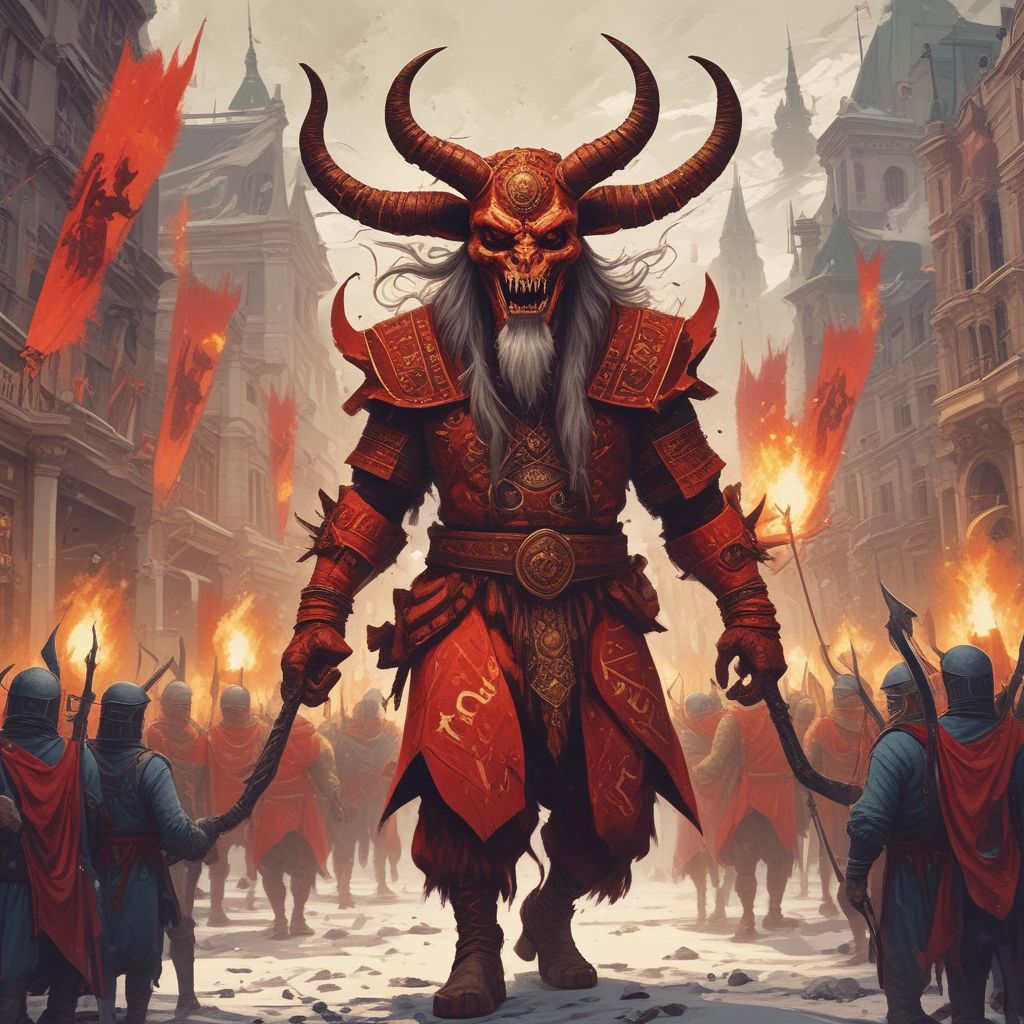The Intersection of Tradition and Technology
Traditional crafts, once passed down through generations, are now finding new life through the integration of artificial intelligence (AI) and machine learning (ML). This fusion is not about replacing human artisans with algorithms but rather about empowering them with tools that enhance creativity, preserve heritage, and open doors to global markets. From pottery to weaving, woodworking to calligraphy, AI is acting as a bridge between ancient techniques and modern innovation, ensuring that these crafts remain relevant in a rapidly evolving world.
AI Tools in Practice: A New Era for Artisans
Artificial intelligence is being applied in various ways to support and elevate traditional crafts. Here are some key examples:
Generative Design for Customization
Machine learning models can analyze historical patterns and styles to generate new designs that align with traditional aesthetics. For instance, a ceramicist might use AI to explore variations of a classic vase shape, ensuring the design remains rooted in cultural heritage while introducing modern elements. This allows artisans to experiment without compromising the integrity of their craft.
Pattern Recognition and Precision
AI-powered tools can identify intricate patterns in textiles, woodwork, or metalwork with remarkable accuracy. In weaving, for example, computer vision systems can detect flaws in fabric patterns that might be missed by the human eye, enabling artisans to refine their work efficiently. This precision reduces waste and ensures consistency in high-quality production.
Predictive Analytics for Market Trends
Machine learning algorithms analyze consumer data to predict trends, helping artisans tailor their creations to current demand. A leatherworker in Italy might use AI insights to determine which handbag styles are gaining popularity, allowing them to adjust their designs and marketing strategies accordingly. This data-driven approach ensures that traditional crafts remain competitive in global markets.
Collaborative Innovation: Artisans and AI as Partners
The revival of traditional crafts through AI is not a solo effort. It thrives on collaboration between artisans, technologists, and cultural institutions. This partnership fosters innovation while maintaining the soul of the craft.
Artisan-Technologist Partnerships
Many artisans are now working alongside AI developers to create tools that align with their specific needs. For example, a group of Japanese paper artisans collaborated with engineers to develop an AI system that optimizes the paper-making process by analyzing humidity, temperature, and fiber composition. This collaboration reduced production time by 30% while preserving the delicate qualities of handmade washi paper.
Digital Platforms for Global Reach
AI-driven platforms are connecting artisans with international audiences. Online marketplaces use recommendation algorithms to match traditional crafts with buyers who appreciate their cultural significance. A weaver in Peru might use such a platform to showcase their alpaca wool textiles to customers in Europe or North America, bypassing traditional distribution barriers.
Preserving Heritage Through Data
Machine learning is also being used to document and preserve endangered crafts. By scanning and digitizing artifacts, AI can create detailed 3D models and tutorials for future generations. In India, a project used AI to catalog thousands of hand-painted textiles, creating a database that educates students and supports artisans in maintaining traditional techniques.
Case Studies: AI in Action Across Crafts
Real-world applications of AI in traditional crafts highlight its transformative potential. Here are a few notable examples:
AI-Assisted Pottery
Clay artists in Japan are using AI to analyze the structural integrity of their pottery. By inputting data on past successes and failures, the system suggests optimal thickness and curvature for each piece. This reduces breakage during firing and allows potters to focus on intricate detailing rather than trial-and-error adjustments.
Smart Weaving Machines
In the textile industry, AI-powered looms are being developed to assist weavers in creating complex patterns. These machines learn from traditional weaving techniques and adapt to the artisan’s style, offering suggestions for color combinations or texture variations. This technology is particularly valuable for crafts that require precise, repetitive motions, such as brocade weaving.



